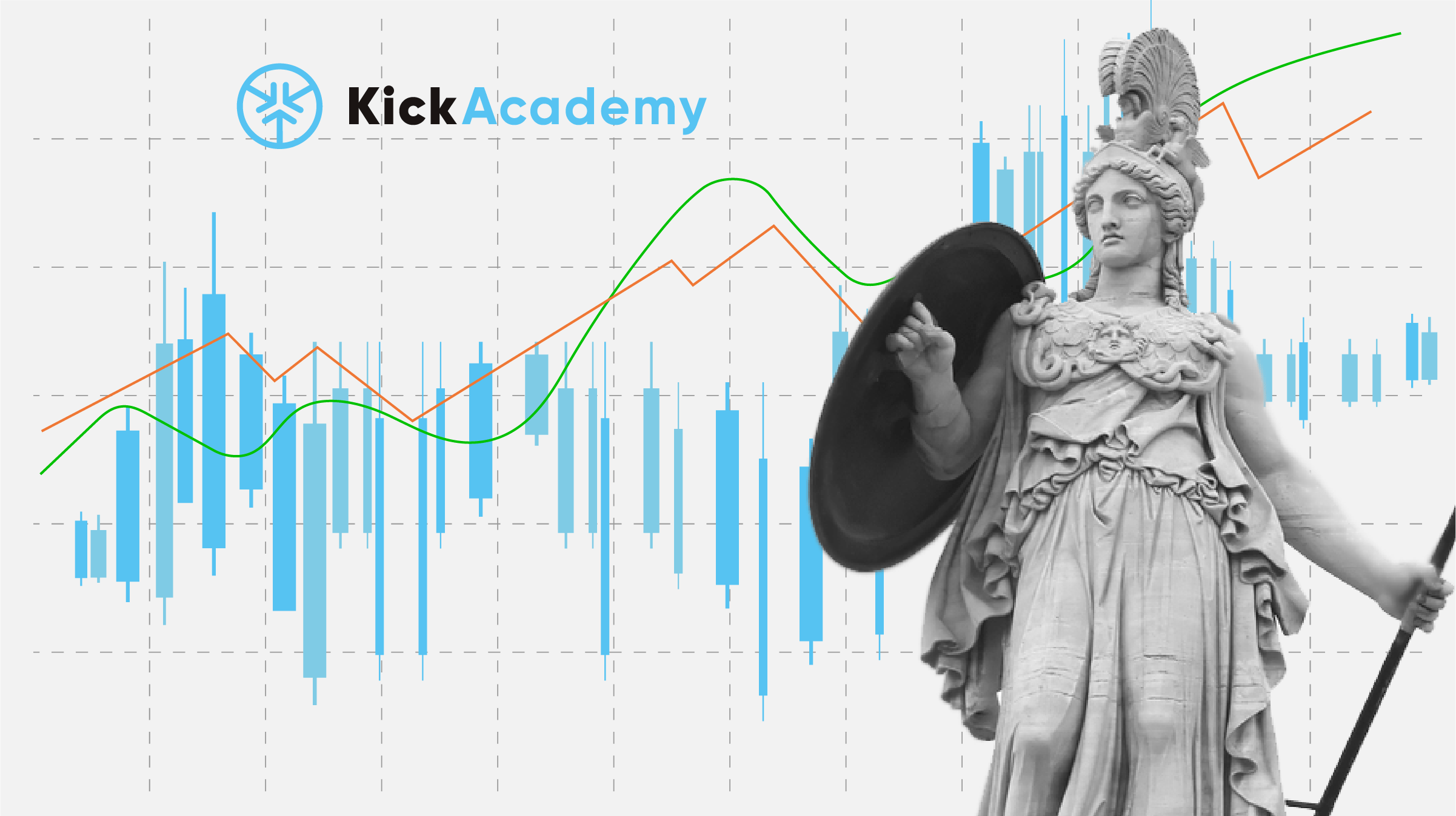Already have experience in the field of trading? Find the practical use of your skills and start trading on KickEX now!
It is quite obvious that scalpers have strict entry and exit rules since even one significant failure can block all previous small earnings that the trader worked hard at. Therefore, scalpers always have a certain set of tools and a sufficient deposit size for work.
The task of the scalper is to close as many positions as possible with a small profit. This approach is opposite to the profit growth method used by positional traders. The profitability of a scalper directly depends on how much he can increase the number of profitable trades since the ratio of risks and profitability in a deal is not the same as for traders practicing other, more consistent styles.The ways of using Scalping in Trading
There are two main approaches. Some traders practice scalping exclusively in their work. This approach can be called pure scalping. Traders who work only with this style open many trades during the day (this can be one hundred or more positions).
Pure scalpers use minute charts in their work, as the lifetime of deals can vary from a few seconds to several minutes. Moreover, in the work of such traders, it is very important to use platforms that allow you to open and close positions instantly, without delay ( because any delay can lead to losses or lost profits).
The second approach to scalping can be called variational. Traders who work in this way are not pure scalpers by nature, but from time to time resort to this style, often open short-term transactions at a time when they have already opened longer-term positions. This happens, for example, during a trend development period, when opportunities for small corrections and consolidations appear on lower timeframes.Scalping Methods
There are scalping methods for markets with low volatility and calm movements of quotes, but if we are talking about the cryptocurrency market, then only two main methods can be distinguished. They work well with high volatility. To use them, you must have a clear strategy.
The essence of the first scalping method is to purchase a large number of assets at very insignificant price movements. A trader can simultaneously acquire dozens of assets and expect a slight price movement for profit. The method is called "pipsing" and is considered one of the riskiest methods. But novice traders often start with this, because it almost does not require knowledge.
The second method is closest to traditional trading strategies. A trader buys several assets by signals from his trading system, and as soon as the risk to return ratio 1: 1 is reached, transactions can be closed. Here, a preliminary technical analysis is implied.Risks & Recommendations
Like other trading strategies on the market, scalping is fraught with certain risks. There is always the risk of over-emphasizing one particular position, which in principle runs counter to the very purpose of scalping. Scalping is a constant movement forward to new deals, so long-term holding of a single position can lead to very unpleasant consequences. There may be a situation when emotions affect the wrong timing of the position- in this case, a “chain reaction” can occur that destroys the meaning of the whole strategy.
Experienced traders often recommend beginners to start with scalping, but to apply this strategy, one needs, first of all, a decent amount of deposit. With a very small account balance, high-frequency trading will not bring tangible results.
There is also a risk associated with sharp price spikes, which are extremely noticeable for scalpers. Abnormal volatility can cause, for example, political news, especially if they relate to the major economies. In such periods, the price can pass a large number of points in the shortest time, which will be a collapse for the scalper. To prevent this situation, it is recommended to set Stop-Loss close to the “Entry” position, but this also increases a chance of losses.
Thus, scalping carries considerable risks, and without the appropriate capital and risk management techniques, it is not worth using it. Summing up the above, it is worth noting the following key points for trading using a scalping strategy:
- The strategy only makes sense when trading within one day, which means that the risk of the deal will not “accumulate” for several days or weeks. In turn, this is extremely convenient for those who can trade only a few hours a day.
- Since scalping relies on speed, the growth of the trade balance here can go much faster than in the case of other trading strategies. In skilled hands, this is an excellent means of achieving the desired result in a short time.
- It should be borne in mind that scalper concentration is very important since it is about performing the same actions during the day. Achieving this level of concentration is difficult, but necessary to avoid mistakes.
- In certain situations, one should not overlook stronger market trends, preferring only scalping. To do this, one should study the market using information about various trading strategies and tools.
Now you have learned a lot about trading patterns and tools, you can start trading on KickEX to implement the new insights efficiently!
Scalping Strategy: Approach, Risks & Recommendations



